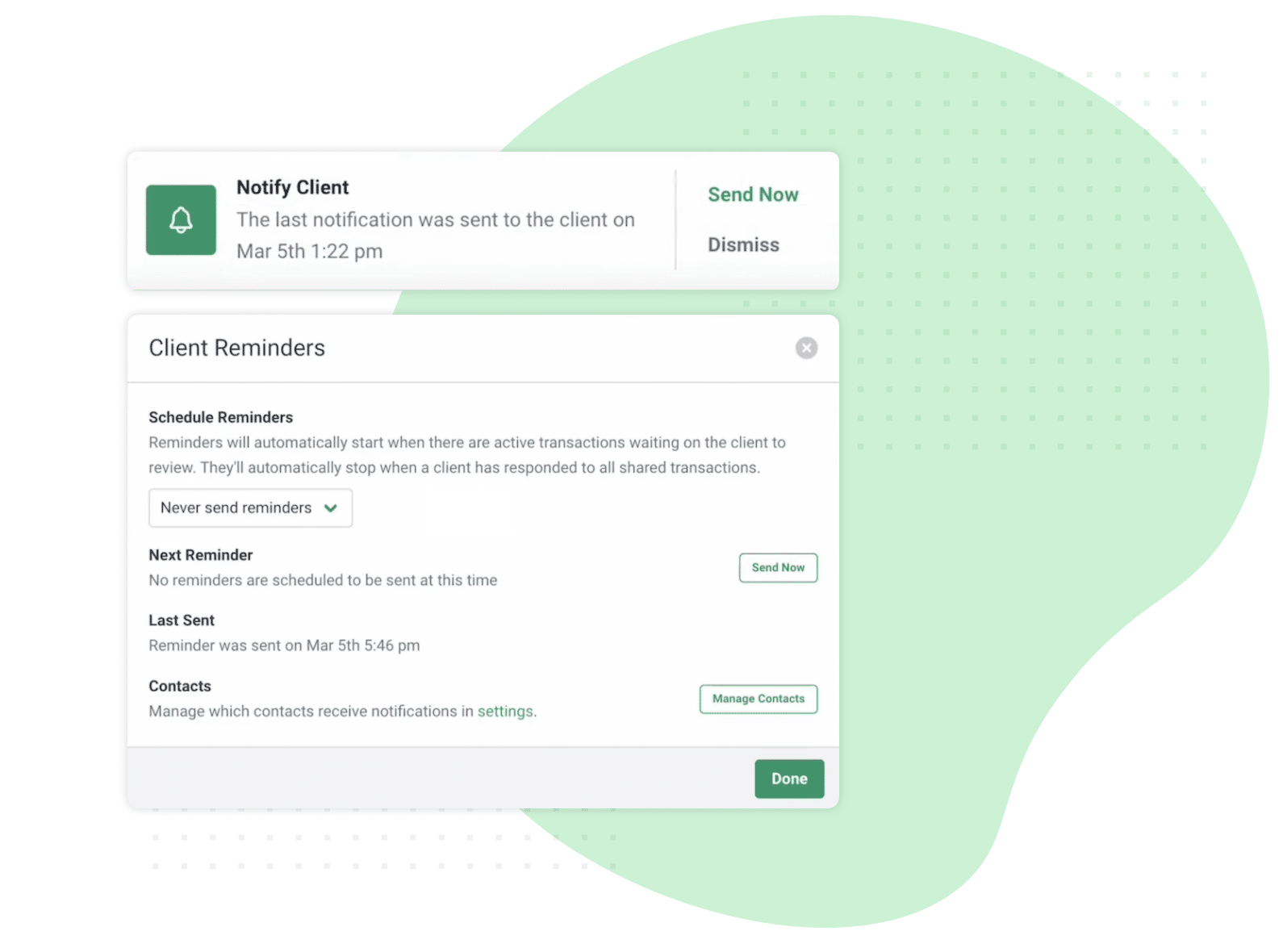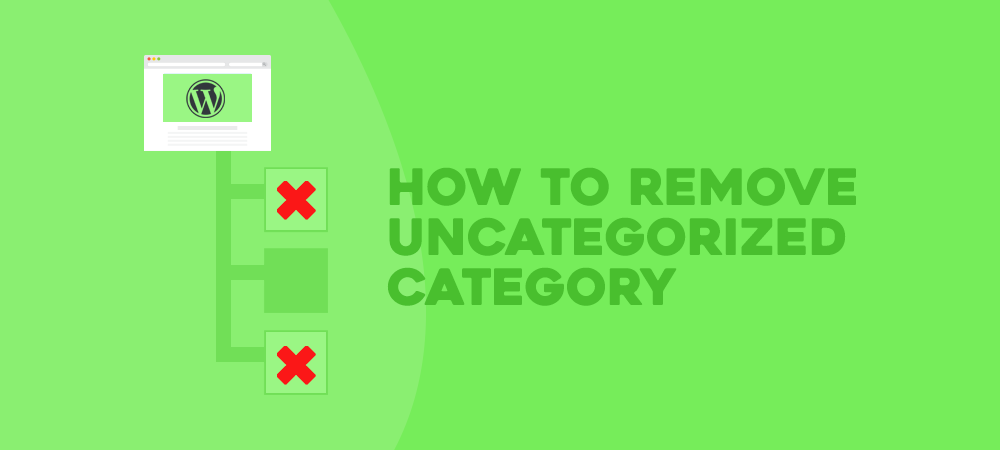Uncategorized content lacks a specific category, making it less organized and harder to find. Proper categorization boosts SEO and user experience.
Organizing content into relevant categories is crucial for both SEO and user experience. It helps search engines understand your site’s structure, improving your rankings. Users can easily navigate your site, finding the information they need quickly. Uncategorized content can confuse both search engines and visitors, leading to lower engagement and higher bounce rates.
Regularly reviewing and categorizing your content ensures it remains relevant and accessible. Employing a clear categorization strategy enhances your site’s usability and visibility, driving more organic traffic. Effective organization is a cornerstone of successful content management, benefiting both your audience and your online presence.
Discovering Hidden Blog Gems
Exploring the vast world of blogs can uncover hidden treasures. These gems offer unique insights, fresh ideas, and uncommon topics. They can enrich your knowledge and spark creativity. Let’s dive into these hidden blog gems.
Uncommon Topics
Some blogs cover rare and fascinating subjects. These uncommon topics often provide fresh information. They can introduce you to new hobbies, cultures, or scientific discoveries.
- Microbial Life: Blogs discussing tiny organisms in our environment.
- Vintage Tech: Blogs about old gadgets and their history.
- Urban Legends: Stories and myths from different cities.
Fresh Perspectives
Fresh perspectives can change how we see the world. Many blogs offer new viewpoints on familiar subjects. These unique voices can challenge our thoughts and inspire growth.
| Blog Type | Perspective |
|---|---|
| Travel Blogs | Locals sharing hidden spots in their cities |
| Food Blogs | Chefs discussing traditional recipes with a twist |
| Science Blogs | Scientists explaining complex concepts in simple terms |

Credit: financial-cents.com
Unique Content Ideas
Creating unique content for your blog can set you apart. It helps engage your audience and keeps them coming back for more. Below, we explore some exciting ideas for unique content that can add value to your blog.
Personal Stories
Sharing personal stories can connect you with your readers. People love reading real-life experiences. It makes them feel closer to you. Here are some ideas:
- Write about a trip you took.
- Share a challenge you overcame.
- Talk about a lesson you learned.
Your personal stories can inspire and motivate others. They also make your blog more relatable and engaging.
Niche Interests
Focusing on niche interests can attract a dedicated audience. Niche topics have less competition. Here are some niche ideas:
| Niche Topic | Content Ideas |
|---|---|
| Bird Watching | Write about local bird species. |
| Vintage Cars | Share restoration tips. |
| Urban Gardening | Give advice on growing plants in small spaces. |
Writing about niche interests can make your blog unique. It helps you stand out in the crowded blogosphere. People search for specific topics. If you cater to these niches, they will find your blog valuable.
Maximizing Reader Engagement
Engaging your readers is crucial for a successful blog. Maximizing reader engagement ensures that visitors stay longer and interact more. This leads to better SEO rankings and higher conversion rates. Let’s explore some effective strategies to boost reader engagement.
Interactive Elements
Adding interactive elements can make your content more engaging. Quizzes are a great way to involve your readers. They can be fun and informative.
- Polls – Ask your readers’ opinions on various topics.
- Surveys – Gather feedback to improve your content.
- Interactive infographics – Visual elements that users can explore.
Interactive elements make your content more dynamic and engaging. They encourage readers to spend more time on your site.
Involving The Community
Building a community around your blog can increase engagement. Encourage your readers to participate in discussions and share their thoughts.
- Comments Section – Respond to comments to keep the conversation going.
- Social Media Groups – Create groups on platforms like Facebook.
- Guest Posts – Invite readers to contribute content.
User-generated content adds value and diversity to your blog. It makes readers feel like part of a community.
Consider featuring a community spotlight to highlight active members. This recognition can motivate others to participate more.
| Engagement Strategy | Benefit |
|---|---|
| Interactive Elements | Keeps readers engaged and on your site longer |
| Involving the Community | Builds loyalty and encourages participation |
By implementing these strategies, you can significantly boost reader engagement on your blog. Interactive elements and community involvement are key to creating a vibrant and active blog.

Credit: www.liveflow.io
Leveraging Social Media
Leveraging social media is key for your online success. Social platforms help you connect with your audience. They also boost your brand’s visibility. Let’s dive into how to make the most of it.
Platform-specific Content
Different social media platforms need unique approaches. Here’s a quick guide:
| Platform | Content Type |
|---|---|
| Long posts, images, and videos | |
| High-quality images and short videos | |
| Short, concise text updates | |
| Professional articles and industry news |
Create content that fits each platform. This helps engage your audience better. For example, share vibrant photos on Instagram. Post detailed articles on LinkedIn.
Viral Trends
Stay updated with viral trends to capture attention. Here’s how:
- Monitor Hashtags: Follow trending hashtags on Twitter and Instagram.
- Engage in Challenges: Participate in popular social media challenges.
- Create Timely Content: Post content related to current events or holidays.
Use these tactics to make your posts go viral. Engaging with trends boosts your reach. It also keeps your content fresh and exciting.
Collaborating With Influencers
Collaborating with influencers can boost your brand’s visibility. Influencers have a large audience. Their endorsement can greatly benefit your business.
Finding The Right Fit
Finding the right influencer is crucial. Look for someone who aligns with your brand values. The right fit ensures authenticity.
- Research their audience demographics
- Check their engagement rates
- Analyze previous collaborations
| Criteria | Details |
|---|---|
| Audience Demographics | Age, gender, location |
| Engagement Rates | Likes, comments, shares |
| Previous Collaborations | Brands they’ve worked with |
Building Partnerships
Building strong partnerships with influencers is key. Start with clear communication. Both parties should understand the expectations.
- Set clear goals
- Discuss deliverables
- Agree on timelines
Offer them creative freedom. Influencers know their audience best. Trust their expertise.
Reward their efforts. This ensures a long-term relationship. Happy influencers will speak highly of your brand.
Utilizing Multimedia
Multimedia can transform your content from good to great. Multimedia elements such as videos, podcasts, and infographics make your blog more engaging and shareable. Including these elements enhances user experience, boosts SEO, and increases time spent on your site. Let’s dive deeper into how to effectively use these tools.
Videos And Podcasts
Videos are powerful. They can simplify complex topics and engage users quickly. Embed short, informative videos to capture attention. Use platforms like YouTube or Vimeo. Ensure your videos are high quality and relevant.
Podcasts offer a different kind of engagement. They are perfect for on-the-go learning. Embed podcast episodes directly into your blog posts. Use platforms like Spotify or Apple Podcasts. This keeps users engaged even when they can’t watch videos.
| Type | Benefits |
|---|---|
| Videos | High engagement, visual appeal, shareable |
| Podcasts | Convenient, easy to consume, builds loyalty |
Infographics And Visuals
Infographics make data easy to understand. They simplify complex information into visual content. Use tools like Canva or Piktochart to create stunning infographics. This makes your content more engaging.
Visuals include images, charts, and graphs. They break up text and add visual interest. Use high-quality, relevant images. Optimize images for SEO by using descriptive filenames and alt text. This helps with search engine rankings.
- Infographics simplify data.
- Visuals add interest.
- Optimize images for better SEO.
Seo For Hidden Gems
Uncategorized content can be a goldmine. These hidden gems often lack proper SEO. This blog helps you unlock their potential.
Keyword Research
Keyword research is the first step. Find relevant keywords for your content. Use tools like Google Keyword Planner.
- Start with broad terms.
- Narrow down to long-tail keywords.
- Analyze search volume and competition.
Focus on low competition keywords. These are easier to rank. Hidden gems often have untapped potential.
Content Optimization
Content optimization is crucial. Use your keywords naturally. Place them in the title, headings, and body.
- Use short and clear sentences.
- Break content into small paragraphs.
- Include bullet points and lists.
Optimize images with alt text. Ensure your content is mobile-friendly. User experience is key to better ranking.
| Task | Action |
|---|---|
| Keyword Placement | Title, Headings, Body |
| Image Optimization | Alt Text |
| Mobile-Friendly | Responsive Design |
Analyzing Blog Performance
Understanding blog performance is key to growth. Analyzing your blog’s performance helps in making informed decisions. This section focuses on critical aspects of blog analysis.
Metrics To Track
Tracking the right metrics is essential. Here are some important metrics:
- Page Views: The number of times a page is viewed.
- Unique Visitors: The number of distinct users visiting your blog.
- Bounce Rate: The percentage of visitors who leave quickly.
- Average Time on Page: How long users stay on a page.
- Conversion Rate: The percentage of visitors who take a desired action.
These metrics offer valuable insights. They help you understand user behavior and engagement.
Adjusting Strategies
Adjusting your strategies is vital. Here are steps to consider:
- Analyze Data: Look at your metrics regularly.
- Identify Trends: Spot patterns in user behavior.
- Set Goals: Define what you want to achieve.
- Make Changes: Adjust content based on data.
- Test and Measure: Implement changes and track results.
By following these steps, you can enhance your blog’s performance. Always keep an eye on your metrics.

Credit: passwordprotectwp.com
Frequently Asked Questions
What Is Uncategorized In Blogging?
Uncategorized is the default category for posts in WordPress. If you don’t assign a category, the post automatically goes under Uncategorized. It helps in preventing posts from appearing without a category.
Why Are My Posts Uncategorized?
Posts are Uncategorized if you forget to assign a category. It’s the default setting in WordPress. Always check categories before publishing to avoid this.
How Can I Change Uncategorized Category?
You can change the Uncategorized category from your WordPress admin panel. Go to Posts > Categories. Rename or delete the Uncategorized category to match your blog’s structure.
Is Uncategorized Bad For Seo?
Yes, Uncategorized is bad for SEO. It makes your blog look unorganized. Always assign relevant categories to your posts for better SEO and user experience.
Conclusion
Understanding the importance of proper categorization can greatly enhance your website’s user experience. It helps in better content organization and improves SEO. Implement these strategies to make your site more navigable. A well-organized site attracts more visitors and boosts your search engine ranking.
Start categorizing effectively today!
